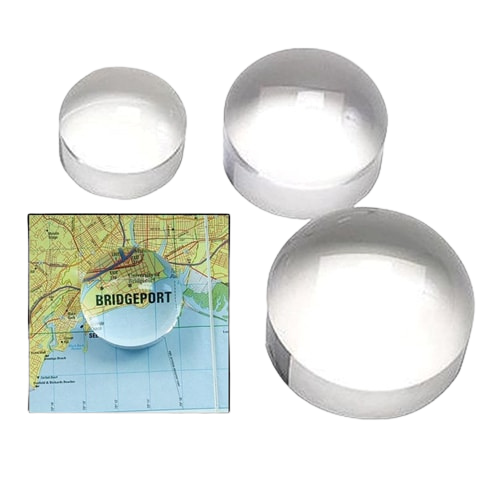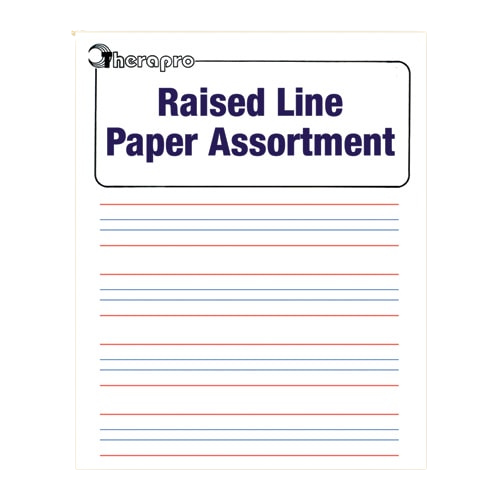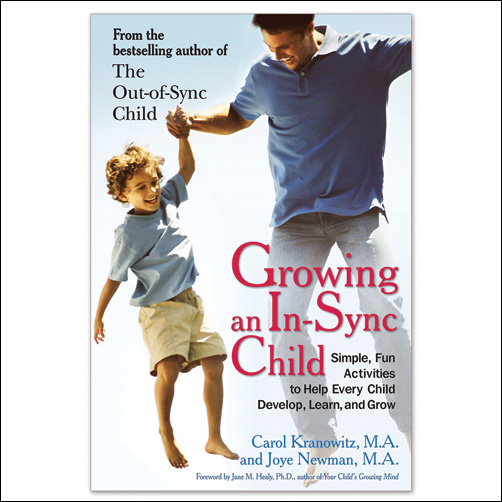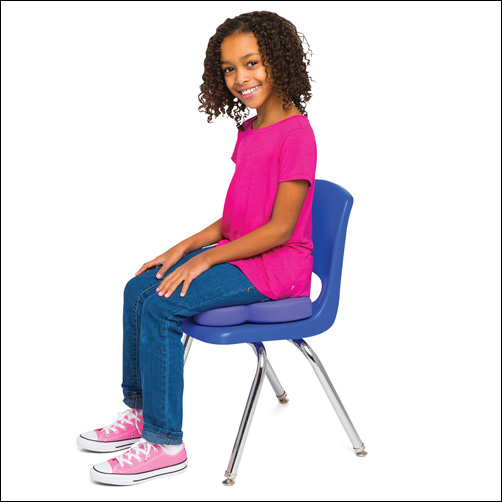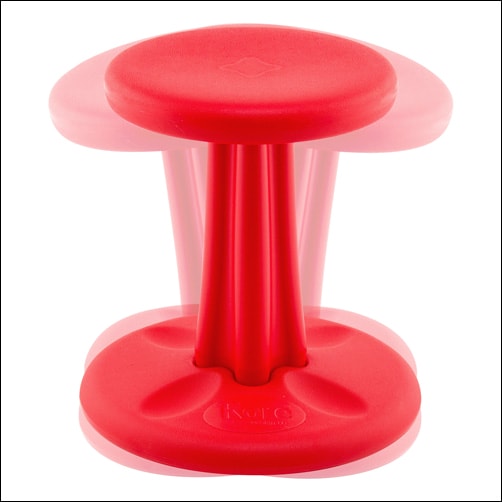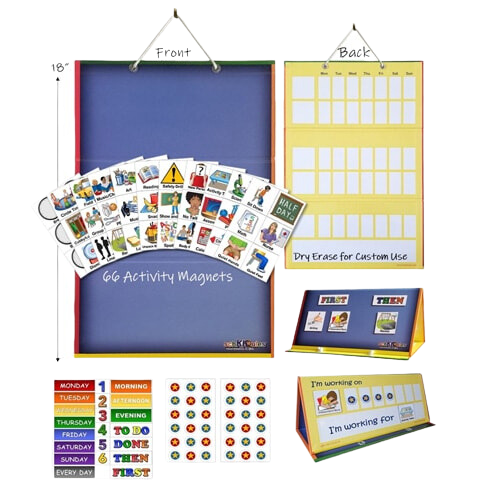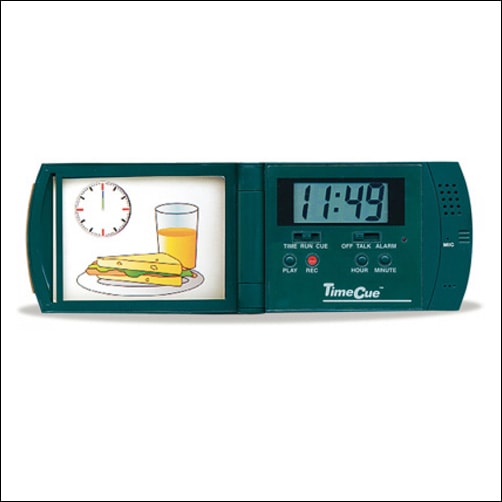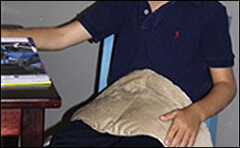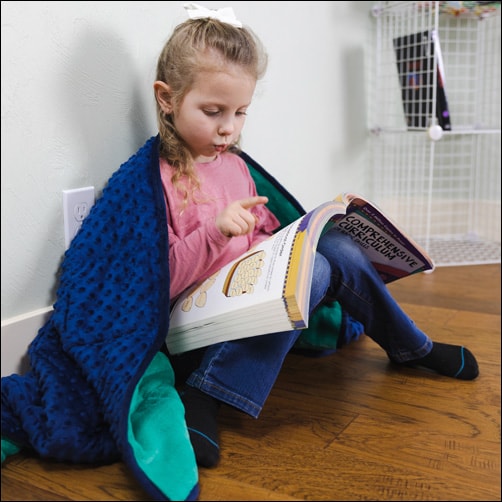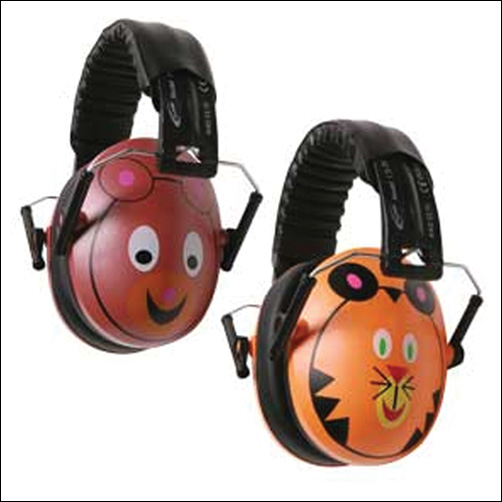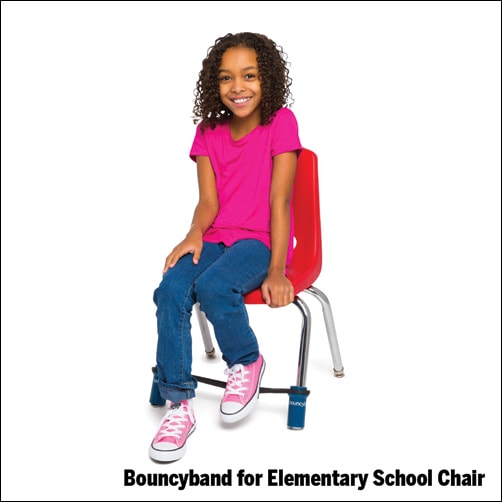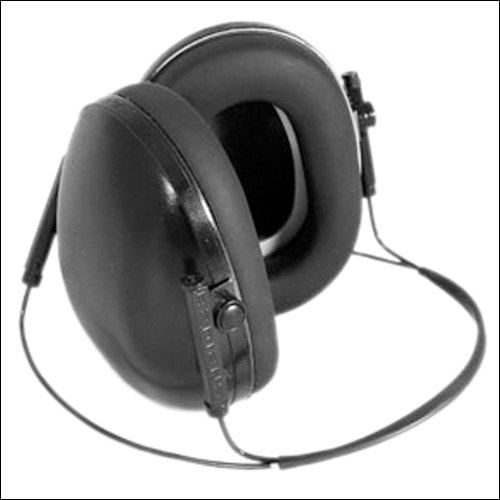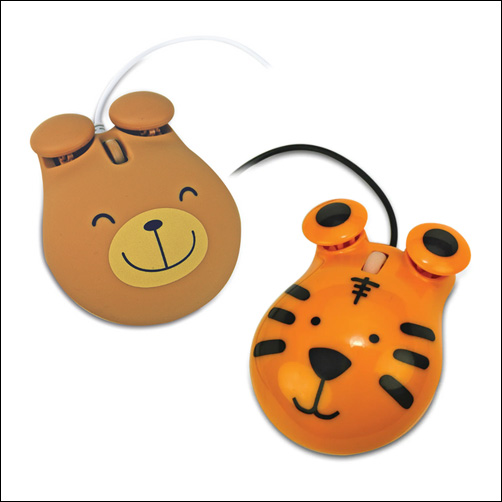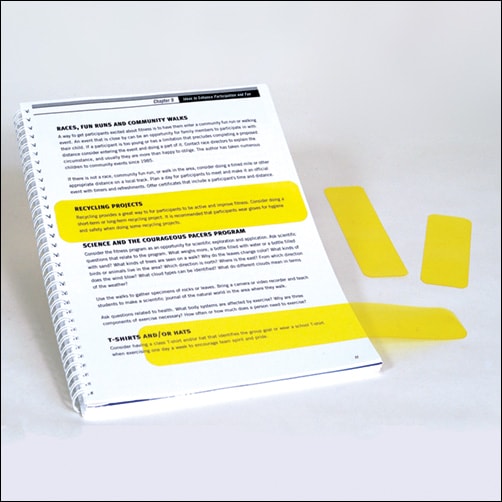Spring Purchasing Trends in Education are in full bloom as educators and therapists look to refresh learning spaces and support student success. This season brings a surge in demand for tools that foster development, promote sensory regulation, and encourage hands-on learning. Explore the top trends shaping spring purchases—along with Therapro’s expert product recommendations to meet each need.
Spring Purchasing Trend #1: Sensory and Emotional Regulation
Products that aid sensory processing and emotional regulation are essential for creating inclusive and focused classrooms. These tools help students manage sensory overload and improve concentration.

Therapro Recommendations:
- ProPower Compression Vest for Kids: Offers deep pressure to help students self-regulate.
- Calming Clips by Bouncyband®: These sensory fidget tools are designed to provide soothing relief in moments of overstimulation, whether at school, home, or on the go.
Spring Purchasing Trend #2: Inclusive and Adaptive Learning Tools
With a continued focus on inclusivity, schools are purchasing adaptive tools that cater to students with special needs.
Therapro Recommendations:
- Adapted Scissors: A wide range of adapted scissor options are available to support students’ diverse needs- from tabletop scissors that support one-handed use to spring-loaded scissors for hands with decreased grip strength.
- Visual Timers: Visual timers and schedules are an essential support for young learners and especially for learners still developing executive function skills.

Spring Purchasing Trend #3: Classroom Organization and Flexibility
Flexible classroom setups are increasingly important, and educators are investing in furniture and tools that can be easily adjusted to suit different learning styles.

Therapro Recommendations:
- Kore Design Wobble Chair: Provides flexible seating that supports focus and comfort.
- Collapsible Slant Boards: Easy to store and perfect for various learning activities. Helps with writing posture and provides stability for students with handwriting challenges.
Spring Purchasing Trend #4: STEM and STEAM Learning Materials
With the increasing focus on STEM and STEAM education, schools are investing in hands-on products that promote problem-solving, creativity, and critical thinking. These tools help foster engagement and deeper understanding of core concepts.
Therapro Recommendations:
- Design & Drill Marble Maze: This interactive kit lets students design their own mazes, combining engineering, problem-solving, and fine motor skills to create a fun and challenging learning experience.
- Flexitables: These innovative educational tools are designed to make learning math a hands-on and engaging experience.

Spring Purchasing Trend #5: Self-Care and Daily Living Skills
As health and hygiene continue to be top priorities, there is a growing emphasis on teaching students essential self-care skills. Products that support hygiene routines and promote independence are in high demand this spring.

Therapro Recommendations:
- Self-Care with Flair!: This fun and engaging curriculum helps children develop essential self-care skills, such as grooming, dressing, and personal hygiene, in an interactive and empowering way.
- Webber® Activities of Daily Living Tips and Teaching Companion: A comprehensive resource for educators and therapists that supports effective teaching of essential self-care skills while accommodating diverse learning styles.
Spring purchasing trends in education highlight a focus on inclusivity, flexibility, and hands-on learning. From sensory regulation tools to STEM resources, these products help create dynamic and engaging learning environments. With Therapro’s range of specialized products, educators and therapist can find the right tools to meet the unique needs of their students and ensure a successful school year ahead.

